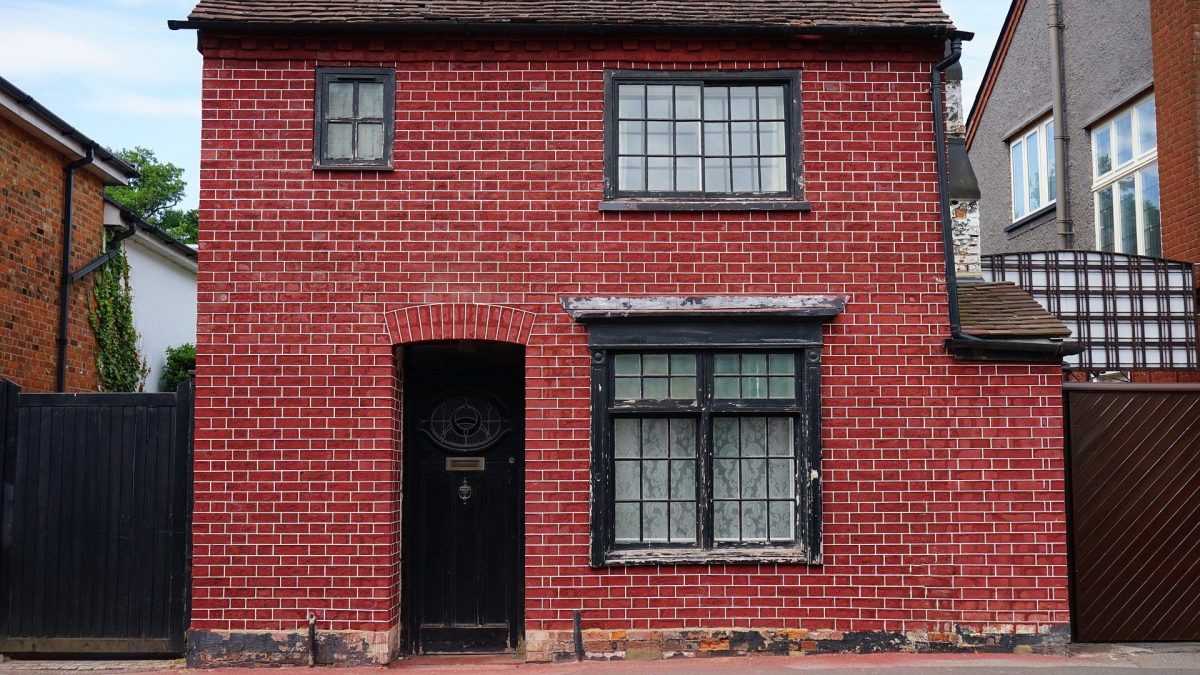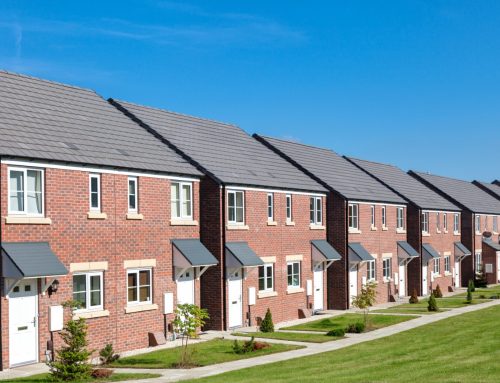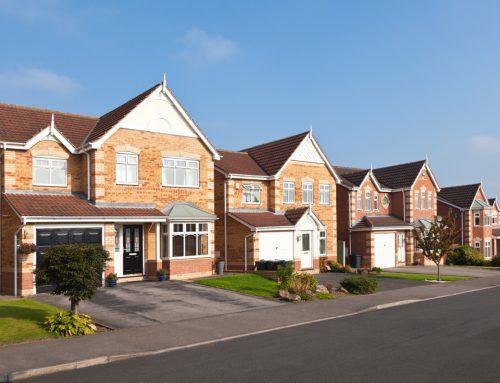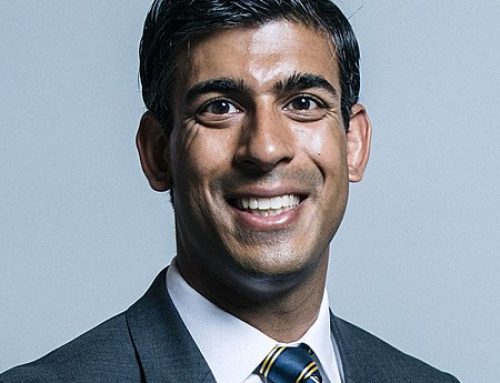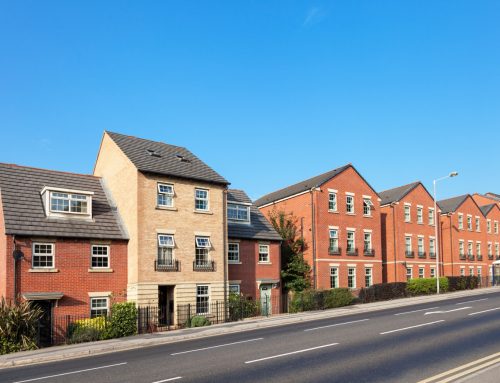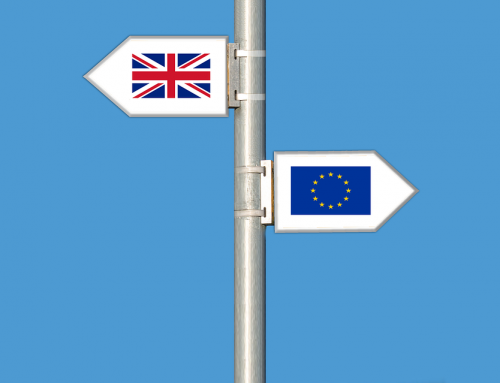House prices rose by 1.4% in October
UK house prices unexpectedly rose 1.4% in October, the biggest monthly price increase since March, according to the Halifax. They reported monthly falls in July and August and a slight rise in September of just 0.3%. The jump in October contrasts with Nationwide’s index, which last week reported that house prices were flat month on month. The Halifax report that in the three months to October, house prices were 5.2% higher compared with the same period a year ago. The average price of a home is now £217,411.
Cause of the house price rise
Halifax said house price growth may ease in the coming months, but low mortgage rates and a shortage of properties for sale should provide support. The Royal Institute of Chartered Surveyors (RICS), credited the rise in house prices to increased buyer demand, falling mortgage rates, and a record shortage of homes on the market. Read More: Bank of England Cuts Interest Rates
House Price Stability
The property market is recording slower growth post-Brexit, but showing resilience against any signs of a crash, the fundamental supply shortage is a support for property prices. Andrew Wishart from Capital Economics said: “Data from Halifax point to house prices stagnating in the third quarter. That echoes the broad picture outlined by other indices that, while house price growth slowed in the wake of the referendum result, there is no evidence of any substantial fall in values.” “With the economy currently resilient, house prices may well rise modestly in the near term,” said Howard Archer, chief European and UK economist at IHS Markit. Read More: UK Property Market Steadies
Property Market Activity
The Bank of England reported that mortgage approvals for house purchases rose to a three-month high in September. The Royal Institute of Chartered Surveyors said that buyer inquiries were the highest since February, suggesting that market activity has bounced back after the uncertainty due to Brexit. Capital Economics has forecast that house price growth will slow to annual rate of 2% by the end of the year. However, the weakened pound is expected to continue to attract overseas buyers to the market.


